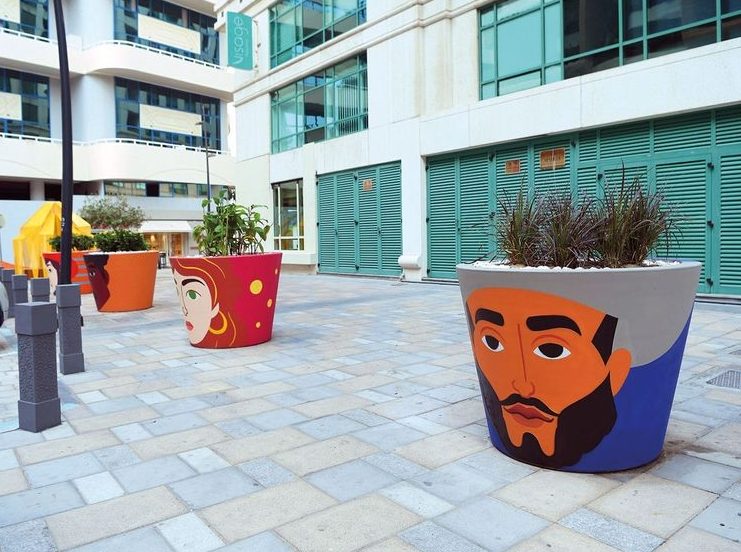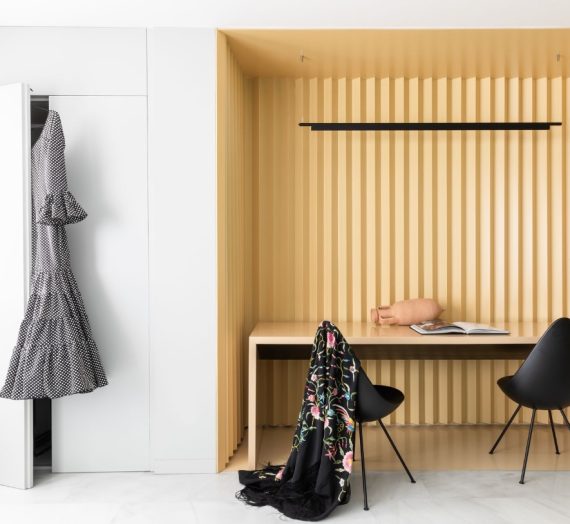A creative workforce can make industrial design a mainstay of a national economy.
Today’s consumers are inundated with a huge variety of new products and services that have revolutionised the way we live. Indeed, iconic designs surround us everywhere, from smartphones and video games, minimalist furniture and electrical appliances to aircraft, transport, digital solutions and medical devices.
We’ve come a long way from the nascent stages of industrial design to today’s sophisticated innovations that promise to meet the needs of the economy and society in ways that are user-centred, functional, aesthetically pleasing and competitive.
Against this backdrop, governments must see industrial design as a creative force shaping today’s economy, in addition to solving many critical problems that require design-intensive solutions. Many governments and businesses have set up dedicated design agencies or units to incorporate and support design activities within their operations.
Praiseworthy benefits
This has led to many laudable benefits, as evidenced by a significant amount of data, such as increased sales efficiency, high levels of innovation, competitive advantage, business growth and job creation.
In 2018, consultancy firm McKinsey published a study on the value of design in business, drawing on data from 300 public companies over five years and covering a variety of industries. The researchers concluded that companies active in design managed to achieve industry benchmark growth at a two-to-one ratio, in addition to higher revenues and returns to shareholders.
Given the abundance of evidence of the value of design, it’s not surprising that many design-focused economies are paving the way in support of innovators who will move into fashionable, innovative design solutions. There are many lessons to be learned from those economies that are at the forefront of the design field.
Finland is a fantastic illustration of a country that has harnessed the power of design to increase economic returns and improve the quality of life in society. Interestingly, its design companies achieved a staggering €12.3 billion in turnover in 2018. Finnish Design, known worldwide for its magnificent Scandinavian minimalist aesthetic and original design, is leading many new product developments and service re-engineering projects.
His national programme, Design Finland, includes numerous pioneering programmes, such as introducing design literacy into pre-school and school curricula, launching special design training programmes for public sector employees to enable them to rethink public services, and publishing design toolkits to promote design. led activities such as crowdsourcing, participatory design, prototyping and piloting
Meanwhile, many countries have specific rules to protect designers’ creative ideas from unauthorised imitation or production by third parties. Notable examples are South Korea’s intellectual property system, which has a smooth registration process for specific patent requirements coupled with the Design Protection Act to protect intellectual property rights.
In the Middle East region, the UAE has been at the forefront of using industrial design as a key economic lever. The newly established Ministry of Industry and Advanced Technology in the UAE was a strategic decision to develop the country’s industrial sector. A special set of policies have been formulated with many revolutionary measures such as attracting talent, providing design-supporting infrastructure and equipment to innovators, logistical support, technological advancement and provision of raw materials used in the manufacturing process.
Governments with a successful track record in industrial design have introduced a number of progressive policies. Understanding consumer needs and global issues can help steer design efforts towards customised solutions.
Education is at the heart of these policies: world-class design programmes are incorporated into school curricula, and full courses are offered at universities fully equipped with the latest technology and equipment to support innovators.
For example, leading universities in Japan offer state-of-the-art industrial design programmes that combine concepts of aesthetics, science and technology together with behavioural science to enable students to create innovative products or services.
Global goals
A set of core services can support the work of companies active in design, such as applying for financial support, providing incubation centres and design spaces with incentives for registration, advisory support, local and foreign matchmaking programmes to improve global value chains, rapid patent registration services. , tax incentives.
Special provision should also be made for the protection of intellectual property rights for industrial designs. In addition, the development of strategic partnerships between research centres, academic institutions, public sector institutions and private enterprises can ensure that domestic innovation reaches a critical market mass.
A special media campaign should be developed to raise awareness among different target audiences of the importance of industrial design as a key economic and social principle. Documentaries could highlight the unique industrial designs that have led to breakthroughs in our way of life today. In addition, the theme of industrial design deserves attention at renowned trade fairs and exhibitions as well as public exhibitions on the contribution of innovative designs to improving our quality of life and supporting our economy.
A number of world-class design museums have been established with ongoing exhibitions dedicated to design. For example, the Design Museum in London delights visitors with its magnificent architecture and interior beauty, as well as its design collection, which houses a wonderful collection from the nineteenth century to modern innovation, covering key elements of design such as fashion, furniture, architecture, product and graphic design, digital media and transport. On the other hand, the Cooper Hewitt Smithsonian Design Museum in New York boasts a stunning collection of more than 210,000 design objects spanning 30 centuries of history.
Governments can certainly use the ingenuity of their creative workforce to make industrial design a mainstay of their economy. Its potential contribution to the emerging economy today could be very broad.




